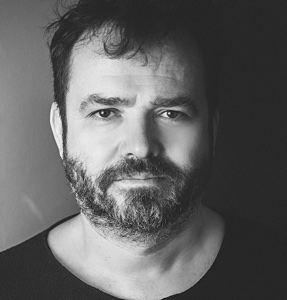A Toshiba exec says, contrary to the view of Pure Storage, disk drives have a long-ranging future as well as clear and sustainable advantages over SSDs.
Famously, Pure Storage CEO Charlie Giancarlo said in June: “The days of hard disks are coming to an end – we predict that there will be no new hard disks sold in five years.”

Rainer Kaese, senior manager, HDD Business Development at Toshiba Electronics Europe GmbH, begs to differ. He says that at present, “HDDs maintain a gap in cost per capacity with flash storage of around a factor of seven. This advantage remains the lifeline of the HDD … HDDs may reach 40 or even 50 terabytes without approaching comparable costs with flash storage.” That’s because more capacity can be added to hard drives without increasing their production cost much. Therefore, cost/TB goes down.
The need for more capacity is a given, Kaese says. “This market driver is a certainty. Even if HDDs reached as high as 100 terabytes of capacity, our data-driven society means we would fill it in no time at all.” Air-filled drives need about 10 watts to spin while helium-filled ones need 7-8 watts. He reckons “datacenter engineers are thinking about how to use the HDD in a more power-optimised way, possibly through idle or power-down modes.”
Combining HDDs can deliver high streaming performance. He says Toshiba has developed a “high-capacity top-loading JBOD enclosure with 78 x 18 TB HDDs, giving a total capacity of 1.4 petabytes, which is connected to a server … With all 78 HDDs active, the performance is rated at almost 17 GBps.”
HDDs are more recyclable than SSDs. He writes: “The first wave of HDD deployments in data centres for the cloud took place six or seven years ago, and those components are now coming to the end of their lifecycle and are being decommissioned. HDDs are comprised of aluminium and copper, making them much easier to recycle than other components and materials such as PCBs, chips, and plastics. Consequently, we expect HDDs to become an integral part of the circular economy based on services such as recycling and reuse.”
He says European GDPR constraints can favor HDDs over SSDs. For example: “Historically, if there is a requirement for a storage element inside the camera itself, this has typically been a flash component, while the central recorder often comprises one or more HDDs.
“In certain parts of the world, such as central Europe, where GDPR requirements mean only a small amount of recording can be retained for a short period, system vendors may consider a low-capacity SSD for that central storage too – as that small capacity means it achieves cost parity with HDD in specific scenarios.
“However, such a setup does not overcome the challenges of write-intensive operations. High over-ride cycles where data can only be kept for a few days would quickly wear out a flash component. There are no such constraints for HDDs.”
Their contents can be rewritten again and again unlike SSDs, which have limited write cycle endurance.
In Kaese’s view: “It is clear that HDDs do have a bright future.”








